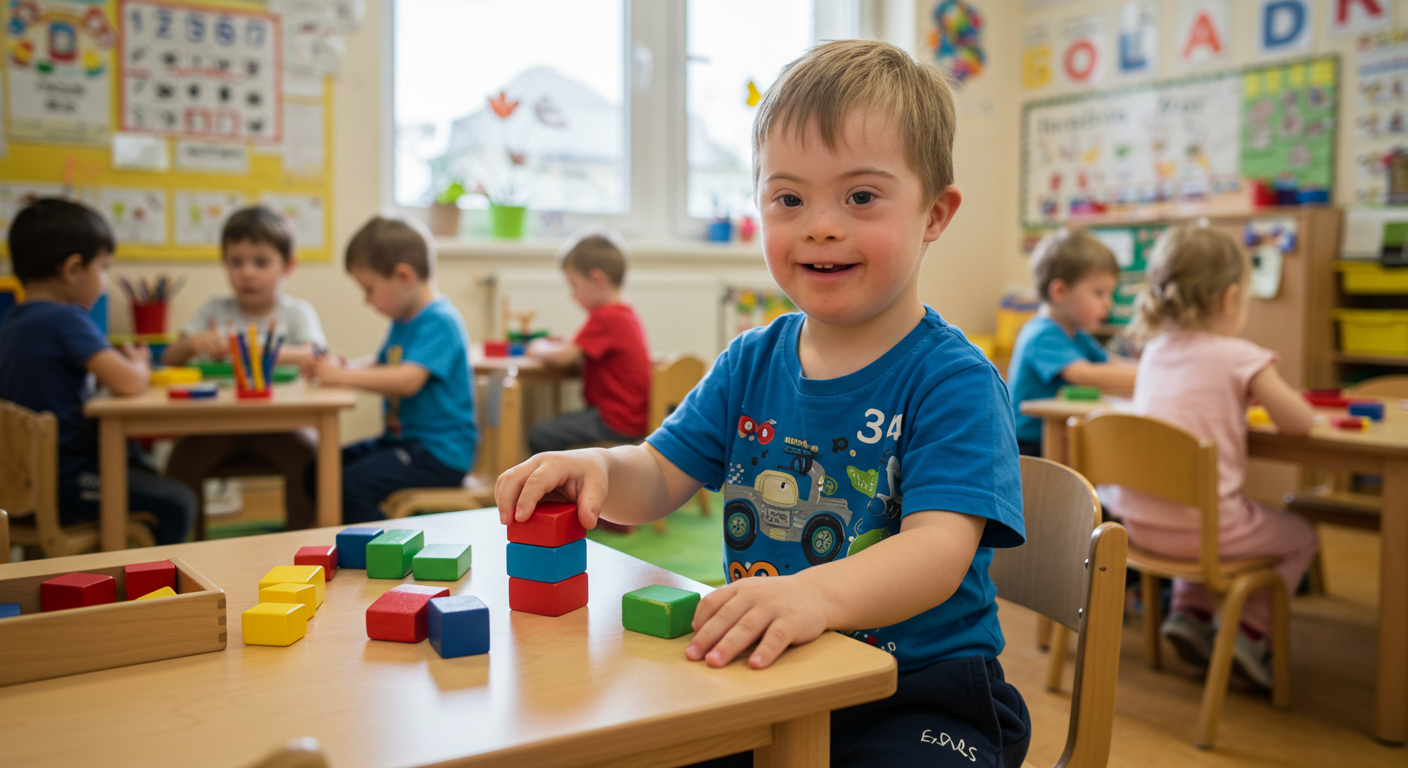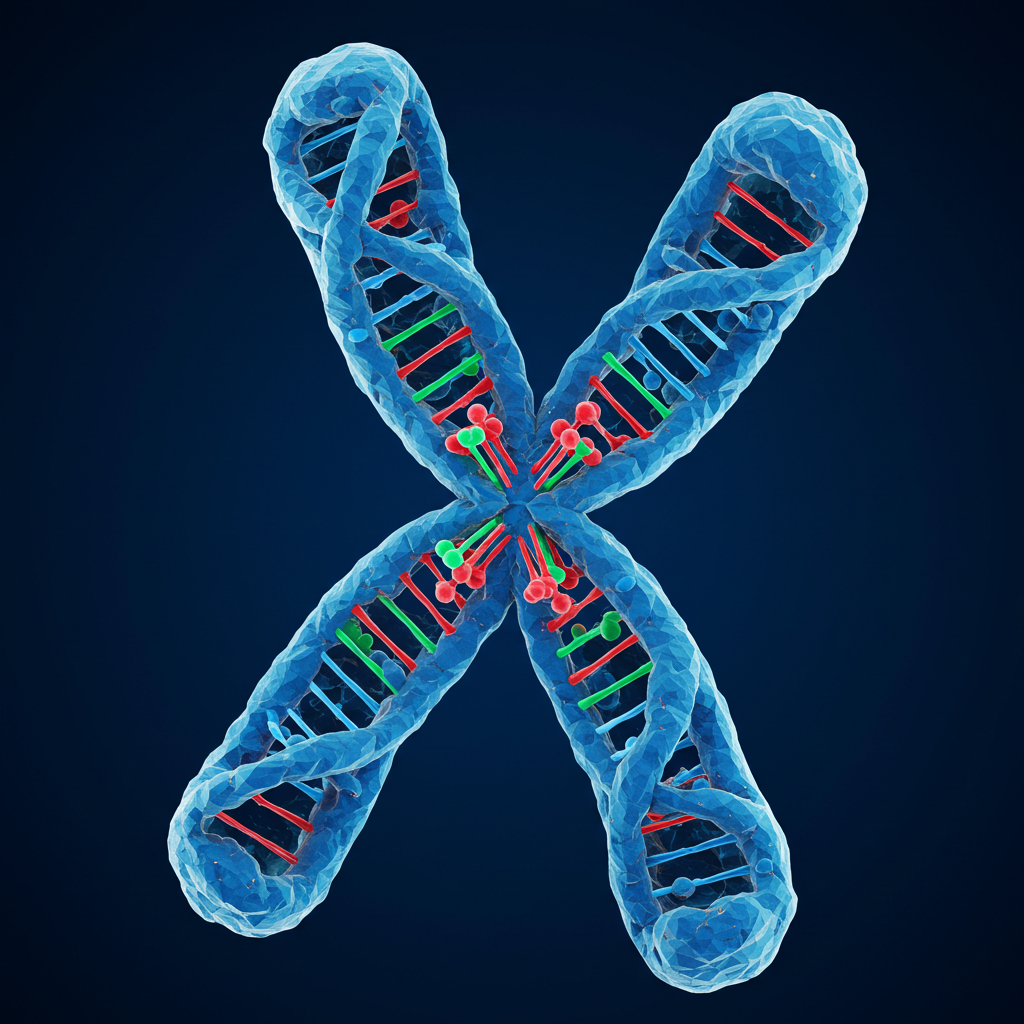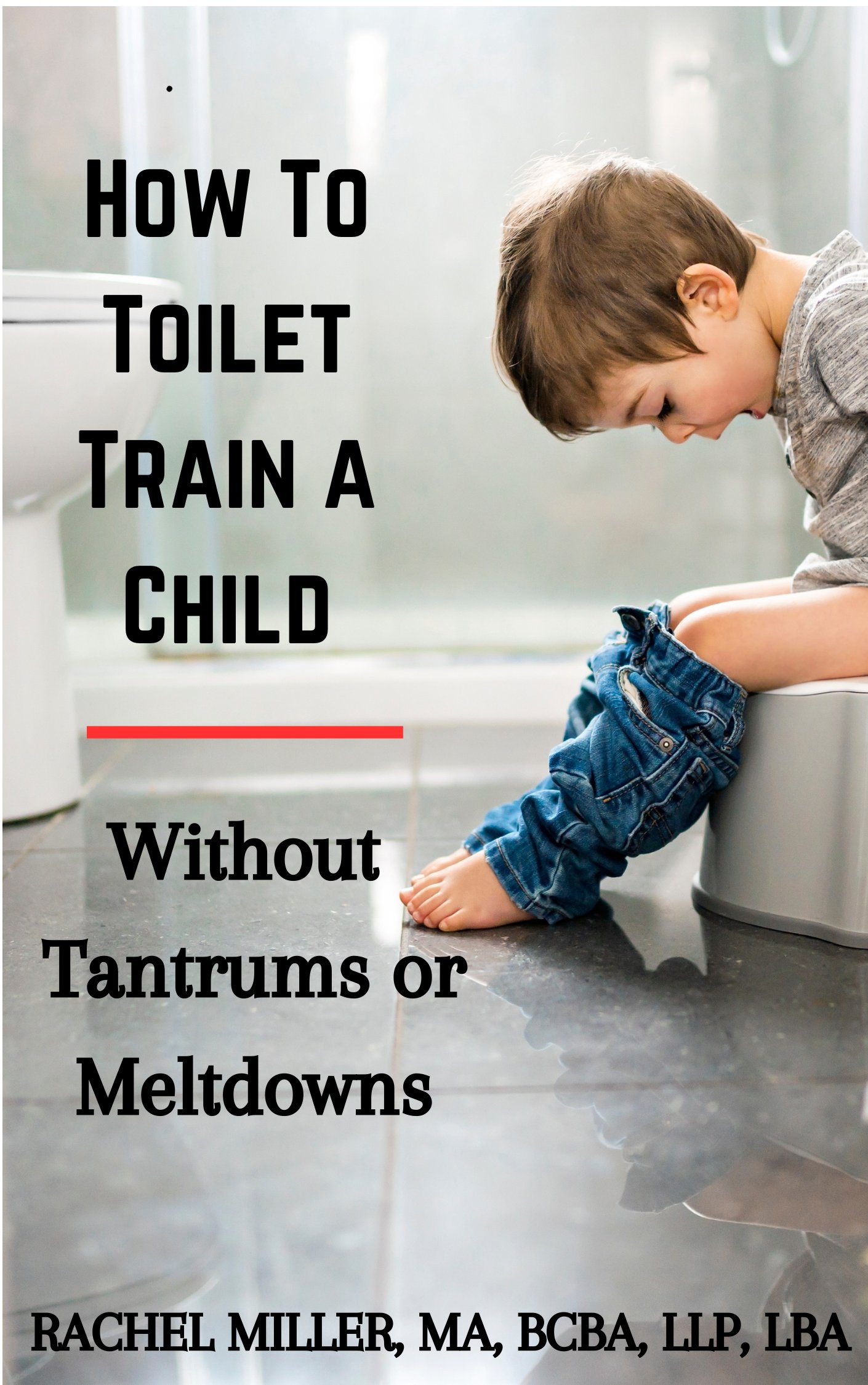Understanding Down Syndrome Characteristics:
Physical, Cognitive & Behavioral Traits

If you've recently learned that your child has Down syndrome, you're likely filled with questions, emotions, and a strong desire to understand what the diagnosis means for your family’s future. One of the first steps in navigating this journey is gaining a clearer understanding of the common Down syndrome characteristics. This condition, also known as Trisomy 21, affects physical appearance, cognitive development, behavior, and overall health. However, no two children with Down syndrome are exactly alike, and the presence or severity of these traits can vary widely.
In this comprehensive guide, we’ll explore the most commonly observed physical, behavioral, and cognitive characteristics of Down syndrome. We'll also discuss how different types of Down syndrome may influence the presence of certain traits, and how early intervention and supportive care can make a profound difference.
Physical Characteristics of Down Syndrome
Many of the most recognizable Down syndrome characteristics are physical. While not every individual has all of the following traits, a combination of several can often indicate the presence of the disorder:
- Low muscle tone (hypotonia): Often noticeable at birth, making the baby feel floppy.
- Flat facial profile: A flatter nose bridge and midface are common.
- Upward-slanting eyes: Many children have almond-shaped eyes with an upward tilt.
- Epicanthal folds: Extra skin at the inner corners of the eyes.
- Small ears: Often lower set and uniquely shaped.
- Single palmar crease: A straight crease across the palm of the hand.
- Short stature: Children with Down syndrome tend to grow more slowly and remain shorter than peers.
- Short neck with excess skin: Especially noticeable in infancy.
- Small hands and feet: Often accompanied by a wider space between the first and second toes.
- Protruding or enlarged tongue: Due to a smaller mouth cavity or low muscle tone.
- Brushfield spots: Light-colored spots on the iris of the eye.
- Dental issues: Including delayed tooth eruption or misalignment.
It’s important to note that these features do not cause medical problems on their own but are visual markers often used in diagnosis.
Cognitive and Behavioral Characteristics
Beyond physical traits, Down syndrome characteristics also include specific patterns in cognitive development and behavior. Most individuals experience some degree of intellectual disability, ranging from mild to moderate. However, with the right educational support and interventions, many children with Down syndrome can thrive academically and socially.
Common Cognitive Features:
- Delayed speech and language skills
- Memory challenges, especially with short-term recall
- Slower problem-solving ability
- Learning difficulties that vary depending on the individual
- Visual learning strengths (better at understanding what they see vs. what they hear)
Children with Down syndrome often have cheerful and loving dispositions. However, some may display challenging behaviors due to communication frustrations, sensory sensitivities, or cognitive delays.
Behavioral Characteristics:
- Short attention span
- Impulsiveness
- Stubbornness or resistance to change
- Tantrums or meltdowns when routines are disrupted
- Sensory issues, such as over- or under-sensitivity to touch, sound, or light
Positive behavioral supports, like visual schedules, clear expectations, and communication aids, can help reduce problem behaviors and promote skill development.
Overlap with Autism Spectrum Disorder
Some children with Down syndrome may also exhibit symptoms typically associated with autism spectrum disorder (ASD), such as limited eye contact, repetitive behaviors, or extreme difficulty with transitions. While ASD and Down syndrome are two separate conditions, it’s possible for a child to have both, a diagnosis known as comorbid Down syndrome and autism.
In Down Syndrome with Autism:
- Social withdrawal or reduced responsiveness is more pronounced.
- Delays in using gestures or pretend play may be more significant.
- There may be an intense need for routines and resistance to change.
Why Does the Extra Chromosome Cause Down Syndrome Characteristics?
The wide range of Down syndrome characteristics—from physical features to cognitive delays—can be traced back to a single root cause: the presence of extra genetic material from chromosome 21.

The Role of Chromosomes in Development
Chromosomes are long strands of DNA that contain thousands of genes—blueprints that instruct the body on how to develop and function. Humans typically have 46 chromosomes in each cell, arranged in 23 pairs. In individuals with Down syndrome, there’s an extra full or partial copy of chromosome 21. This means they have three copies of this chromosome instead of the usual two, a condition known as trisomy 21.
This extra genetic material leads to an overexpression of the genes located on chromosome 21. In other words, the genes are producing more proteins than normal, which disrupts the tightly regulated processes of growth, development, and cellular function.
How the Extra Chromosome Affects the Body
The genes on chromosome 21 influence many parts of the body, including the brain, heart, immune system, and skeletal structure. When these genes are overactive, the result is a cascade of small but significant changes during prenatal development that manifest as the typical characteristics of Down syndrome.
Here’s how some of the extra gene activity can affect development:
- Brain and cognitive development: The overexpression of certain genes interferes with how neurons form, connect, and communicate. This leads to slower brain development, reduced memory capacity, and learning challenges.
- Muscle tone and coordination: Genes affecting muscle development may lead to hypotonia (low muscle tone), which impacts motor skills like crawling, walking, and speech.
- Facial structure and growth patterns: The extra genetic instructions affect craniofacial development, leading to distinctive features like a flatter facial profile, upward-slanting eyes, and a shorter neck.
- Heart and organ formation: Several genes on chromosome 21 are involved in embryonic organ development. Overactivity can cause congenital heart defects and increase the risk of other organ-related conditions.
- Immune function: Changes in gene expression weaken immune responses, making individuals more susceptible to infections, autoimmune conditions, and even certain cancers.
- Sensory and behavioral processing: The additional genes affect how the brain processes sensory input and emotions, which can contribute to behavioral characteristics such as impulsivity, difficulty focusing, or sensory sensitivities.
A Complex Genetic Picture
It’s important to understand that no single gene causes the traits associated with Down syndrome. Instead, it's the cumulative effect of many genes being overexpressed simultaneously that alters how the body and brain develop. Scientists continue to study exactly how each of the roughly 300+ genes on chromosome 21 contributes to these outcomes.
Additionally, the way this extra chromosome manifests in the body can differ depending on the type of Down syndrome a person has:
- In Trisomy 21, all cells contain the extra chromosome, so characteristics are generally more pronounced.
- In Mosaic Down syndrome, only some cells have the extra copy, which can result in milder traits.
- In Translocation, a segment of chromosome 21 attaches to another chromosome, which may also result in varied effects depending on the size and activity of the attached segment.
Final Thoughts
Understanding the range of Down syndrome characteristics is vital for providing the best support, treatment and care. While the diagnosis can feel overwhelming at first, many children with Down syndrome lead happy, fulfilling lives filled with growth, learning, and connection. With proper therapies, educational strategies, and unconditional support from family and professionals, these children can overcome many of the challenges they face.
If you’re a parent or caregiver, know that you’re not alone—and that knowledge, love, and the right resources can help your child thrive.
Additional Resources:
If you haven't already, be sure to check out my ebooks, now on Amazon!
References
1. Cauldwell, K. (2006). Down Syndrome Information: Characteristics of Down Syndrome. www.associatedcontent.com. 10-11-10.

